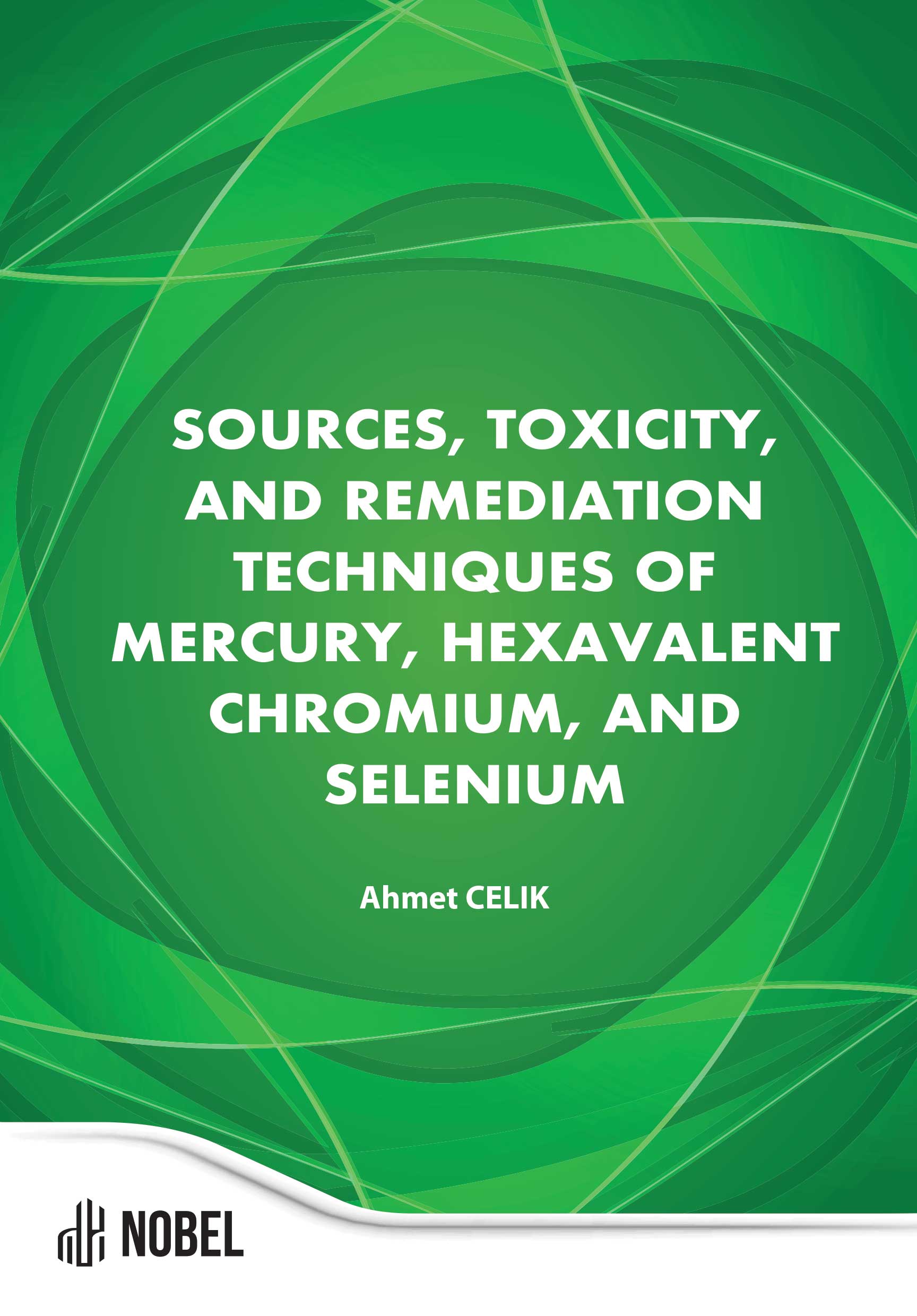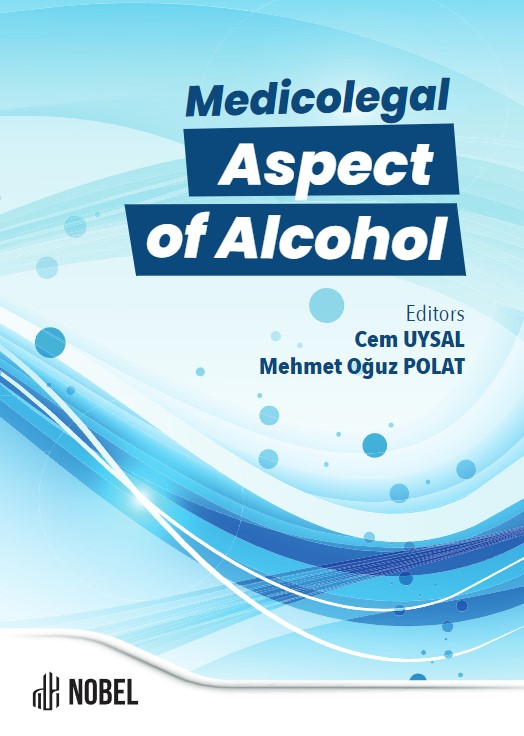Mercury (Hg), hexavalent chromium (Cr (VI)), and selenium (Se) are significant environmental pollutants found in various forms in the environment, with diverse sources and adverse health effects. This book consists of three chapters.Chapter I focuses on Hg, recognized as one of the most hazardous heavy metals. Its extensive release from both natural and anthropogenic sources. Natural sources include volcanic eruptions and weathering of rocks, while significant anthropogenic sources contributing to mercury pollution include mining, industrial processes, and the combustion of fossil fuels. Hg exists in various forms such as elemental mercury, mercuric sulfide, and methylmercury, with each form having different environmental behaviors and toxicities. Remediation techniques for mercury-contaminated soils include thermal desorption, electrokinetic extraction, soil washing, chemical stabilization, phytoremediation, and microbial methods.Chapter II adresses chromium, which occurs in two states: Trivalent chromium (Cr(III)) and hexavalent chromium (Cr(VI)), with Cr(VI) being more harmful and associated with occupational carcinogenesis. Cr(VI) is primarily released from industrial processes such as chrome plating, stainless steel production, and leather tanning. Occupational exposure to Cr(VI) can lead to various health issues, including respiratory problems and increased cancer risk. Remediation methods for Cr (VI) encompass bioremediation and phytoremediation.Chapter III discusses Se, an essential trace element for living organisms, offering health benefits at low concentrations but posing significant environmental and health hazards at elevated levels. Natural sources of Se contamination include weathering of rocks and volcanic eruptions, while human activities such as metal smelting, coal-fired power plants, and agricultural drainage also contribute significantly. Se toxicity is predominantly associated with its inorganic forms, Se(IV) and Se(VI), which are highly mobile and bioavailable, leading to contamination of water, air, and soil. Remediation approaches for selenium, including membrane technology, phytoremediation, in situ bio-reduction, electro-coagulation (EC), adsorption, electrochemical technique, electrokinetics and the use of weak magnetic fields.Overall, this book presents sources of Hg, Cr (VI), and Se, their toxicity, and numerous remediation techniques.





Reviews
There are no reviews yet.